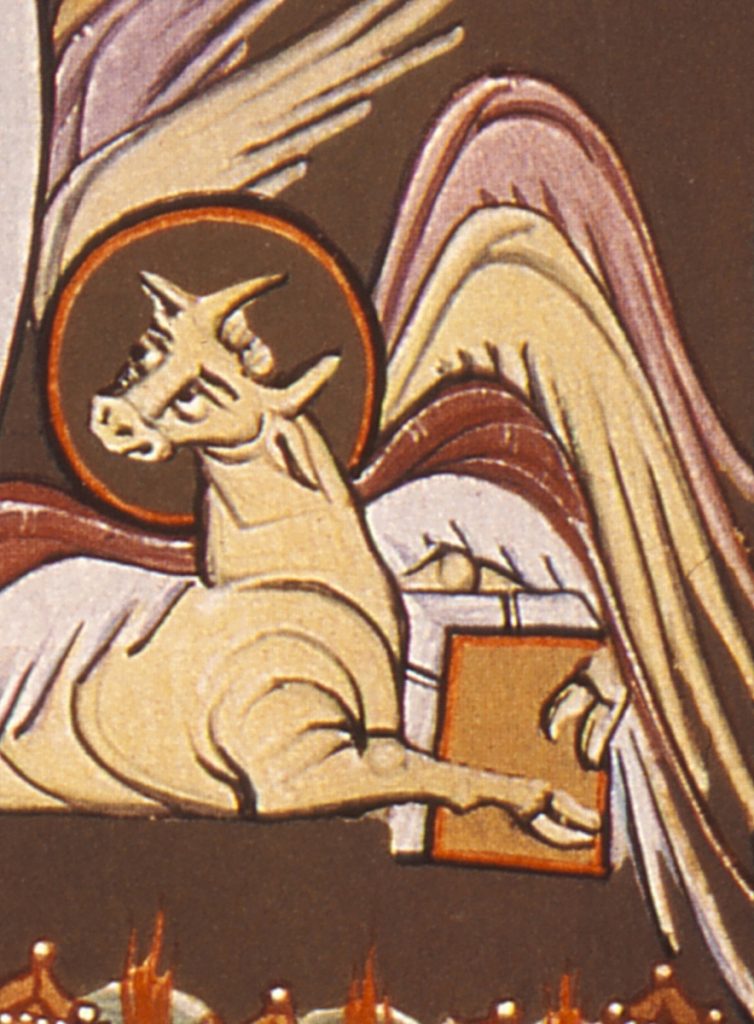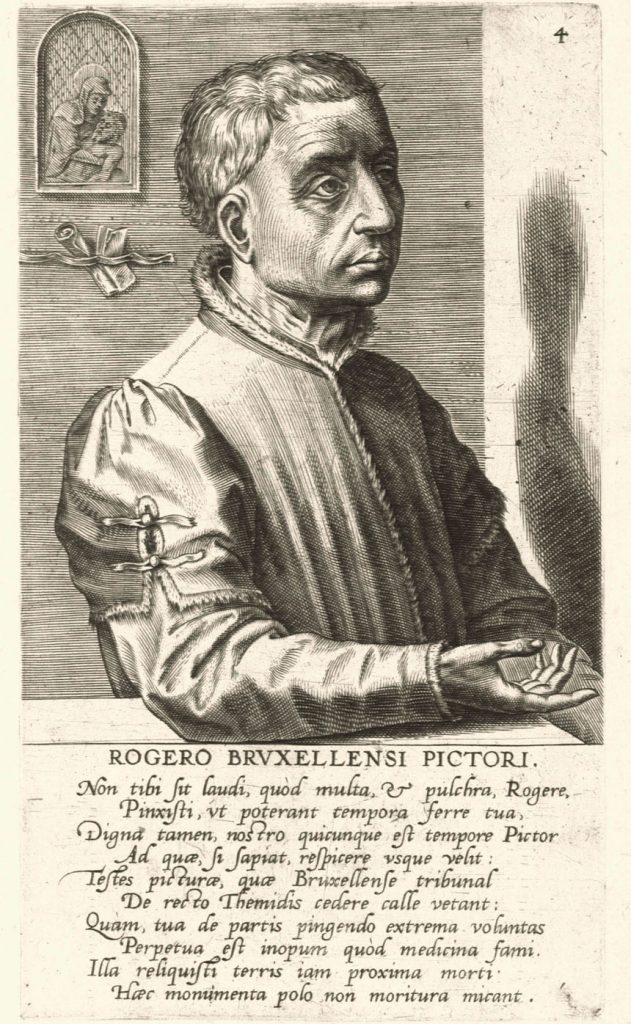The Passion according to St. Luke
The Lamentation after the Descent from the Cross and before the Entombment is a subject in its own right in art history. This scene was depicted many times in painting and sculpture from the late Middle Ages to the Baroque.
The biblical story of the Passion does not mention the Lamentation of Christ. The Entombment immediately follows the Descent from the Cross. However, Luke the Evangelist writes: “And all his acquaintance, and the women that followed him from Galilee, stood afar off, beholding these things” (Luke 23:49).
In addition, references to this episode can be found in several apocryphal writings and it was made popular in the Middle Ages by mystics like Pseudo-Bonaventura. According to these, the Lamentation must have taken place either on Golgotha, i.e. at the foot of the cross, or a little later at Christ’s tomb. Unlike a pietà in which the single figure of the Virgin Mary is depicted mourning Christ lying on her lap, in the Lamentation the body is surrounded by a number of people, as in our case, including not only the Virgin Mary but also John, Christ’s favourite disciple, and Mary Magdalene (fig.: Giotto di Bondone, Lamentation, c. 1305).
Image: public domain


